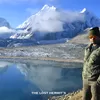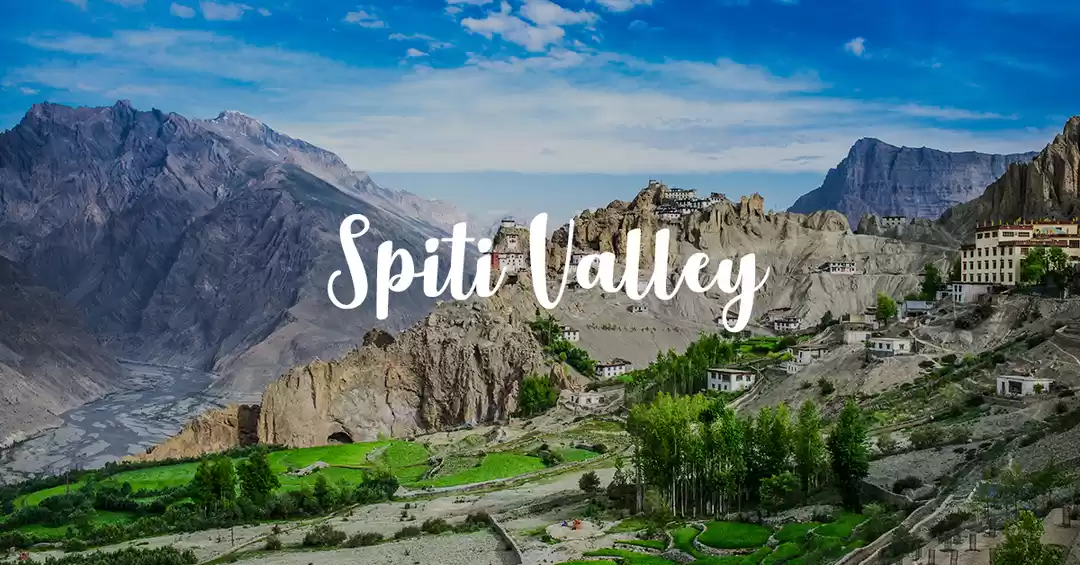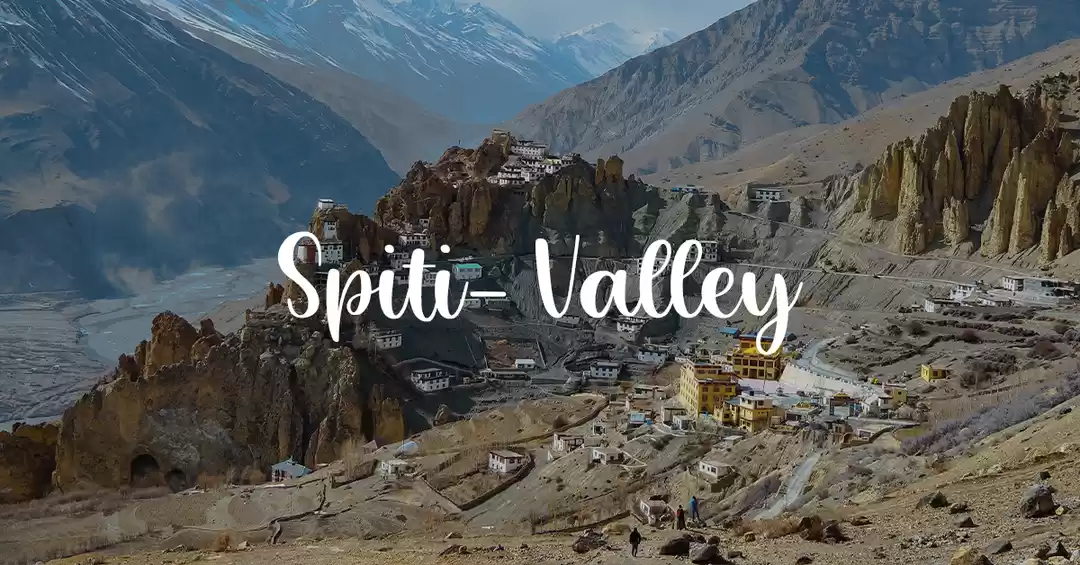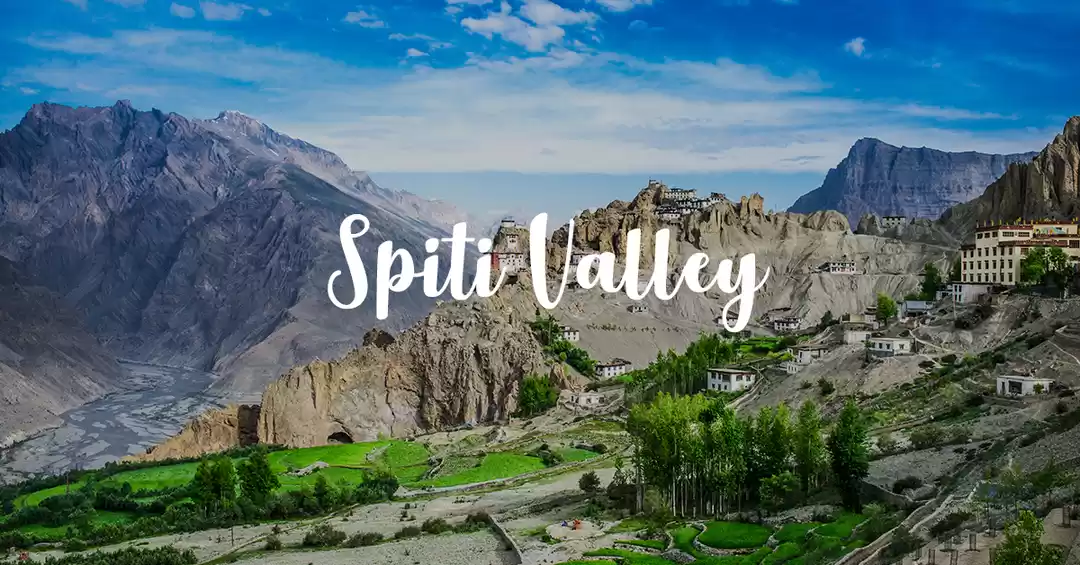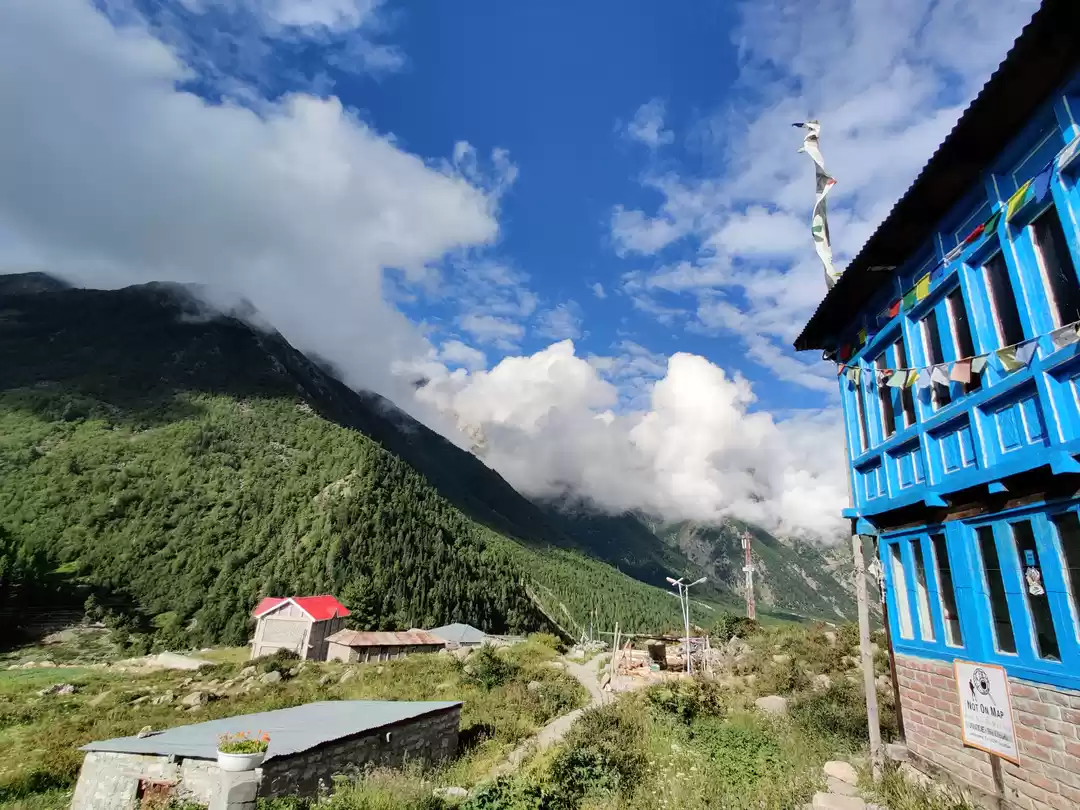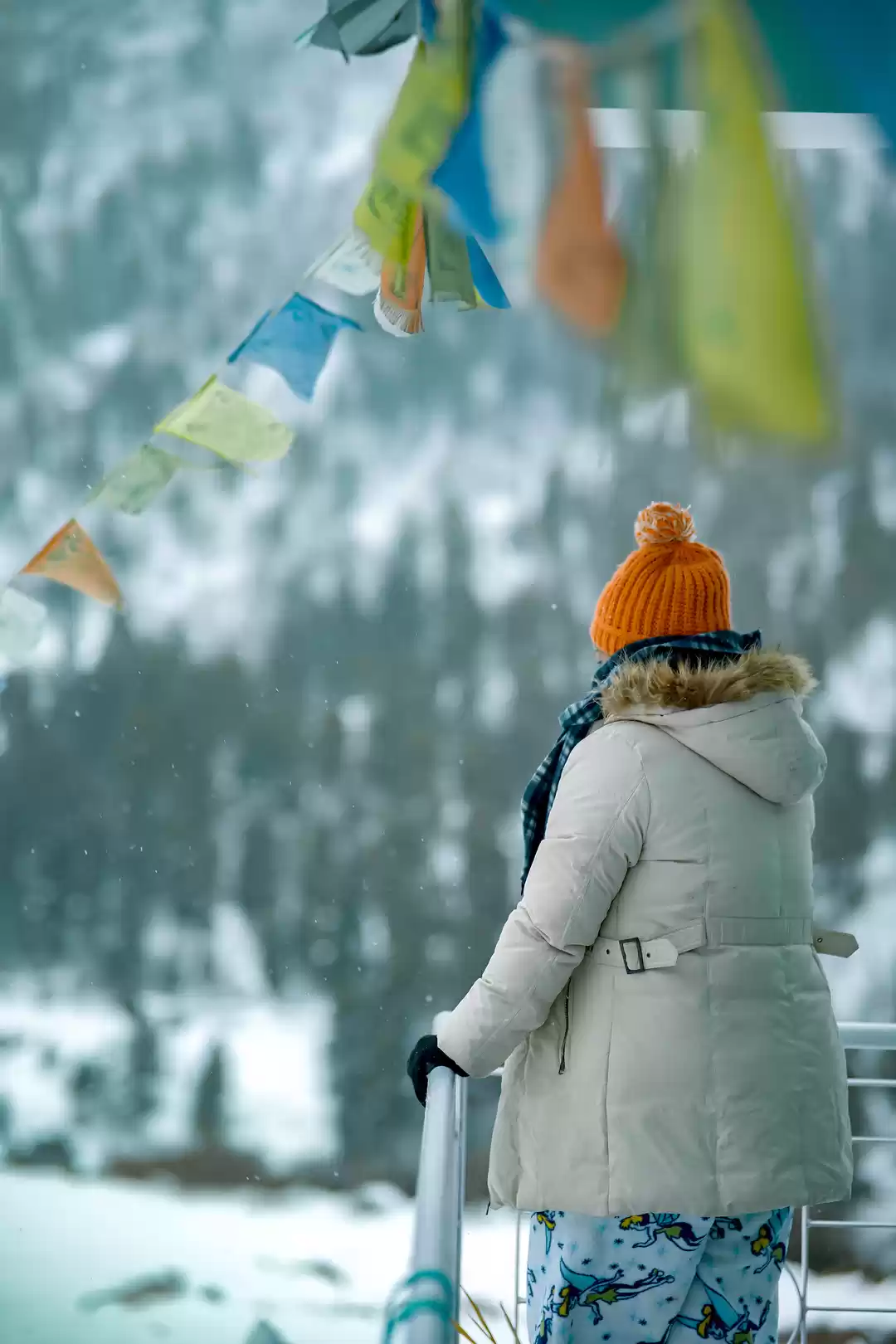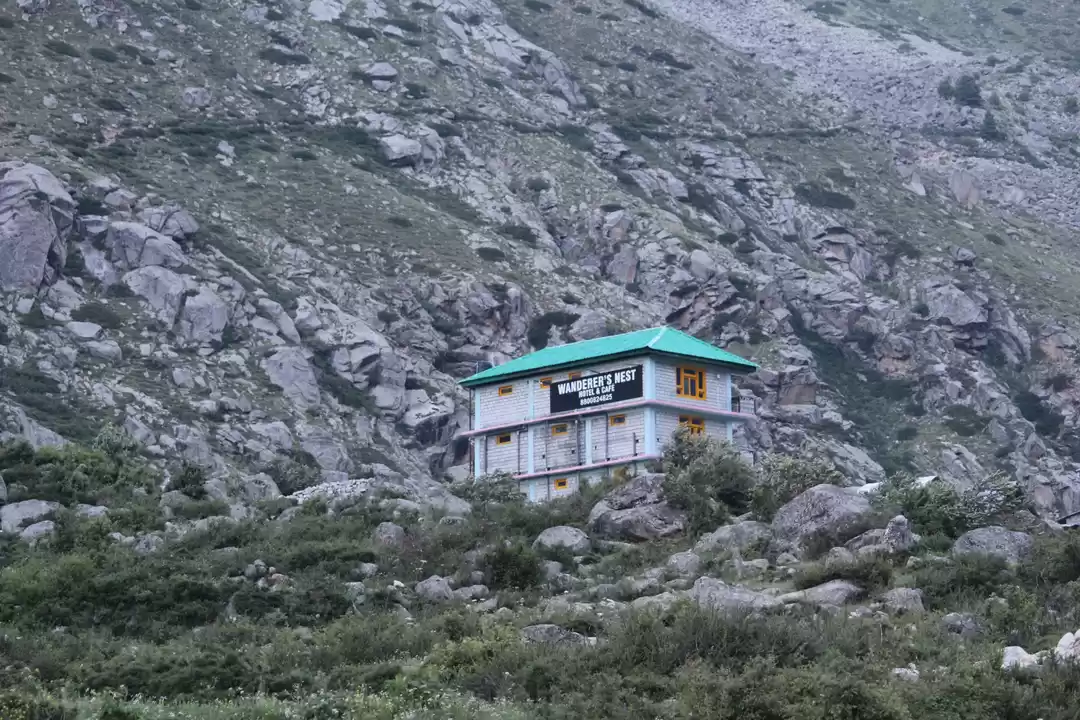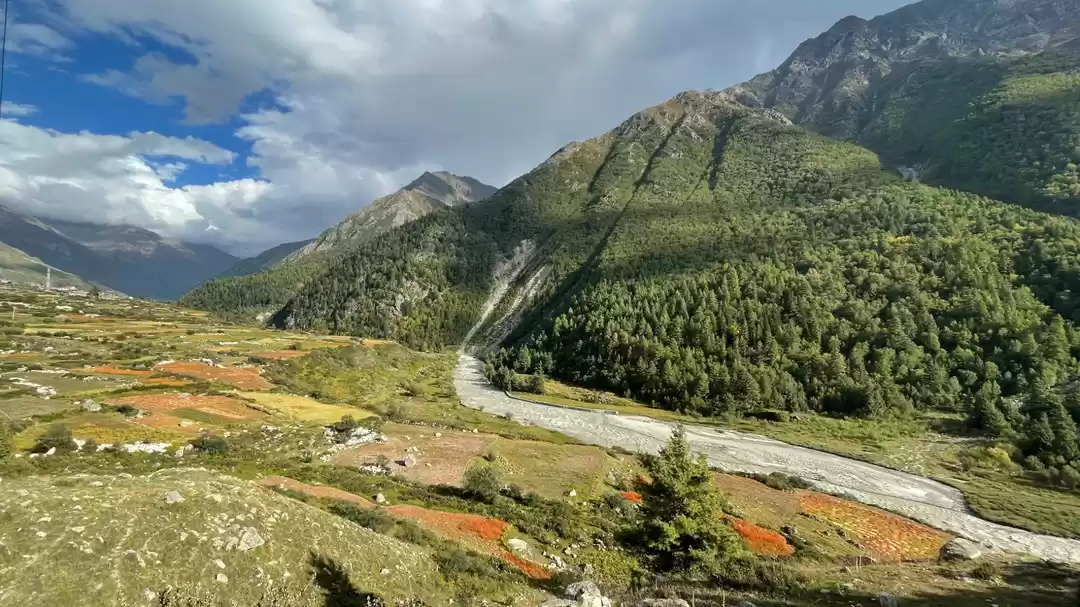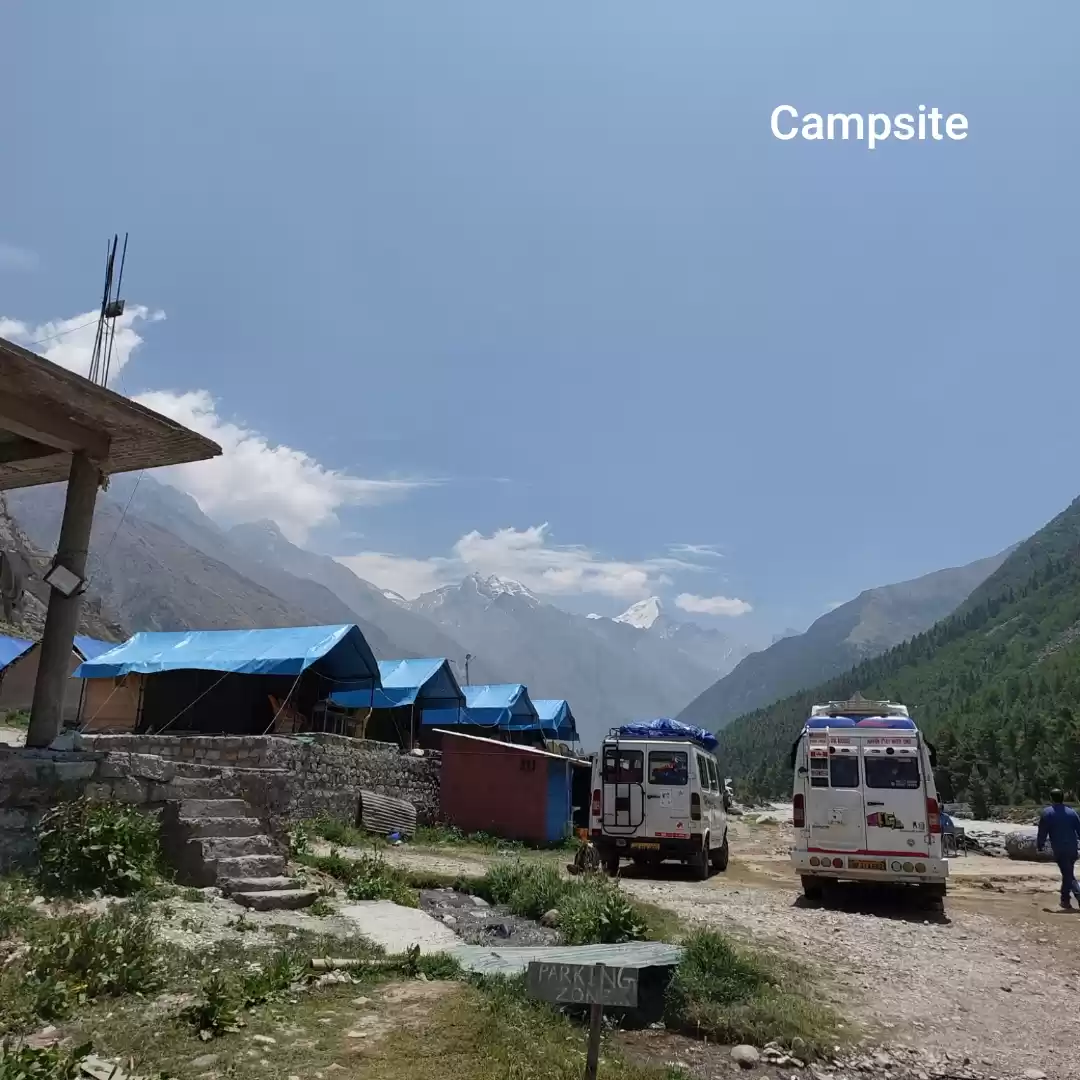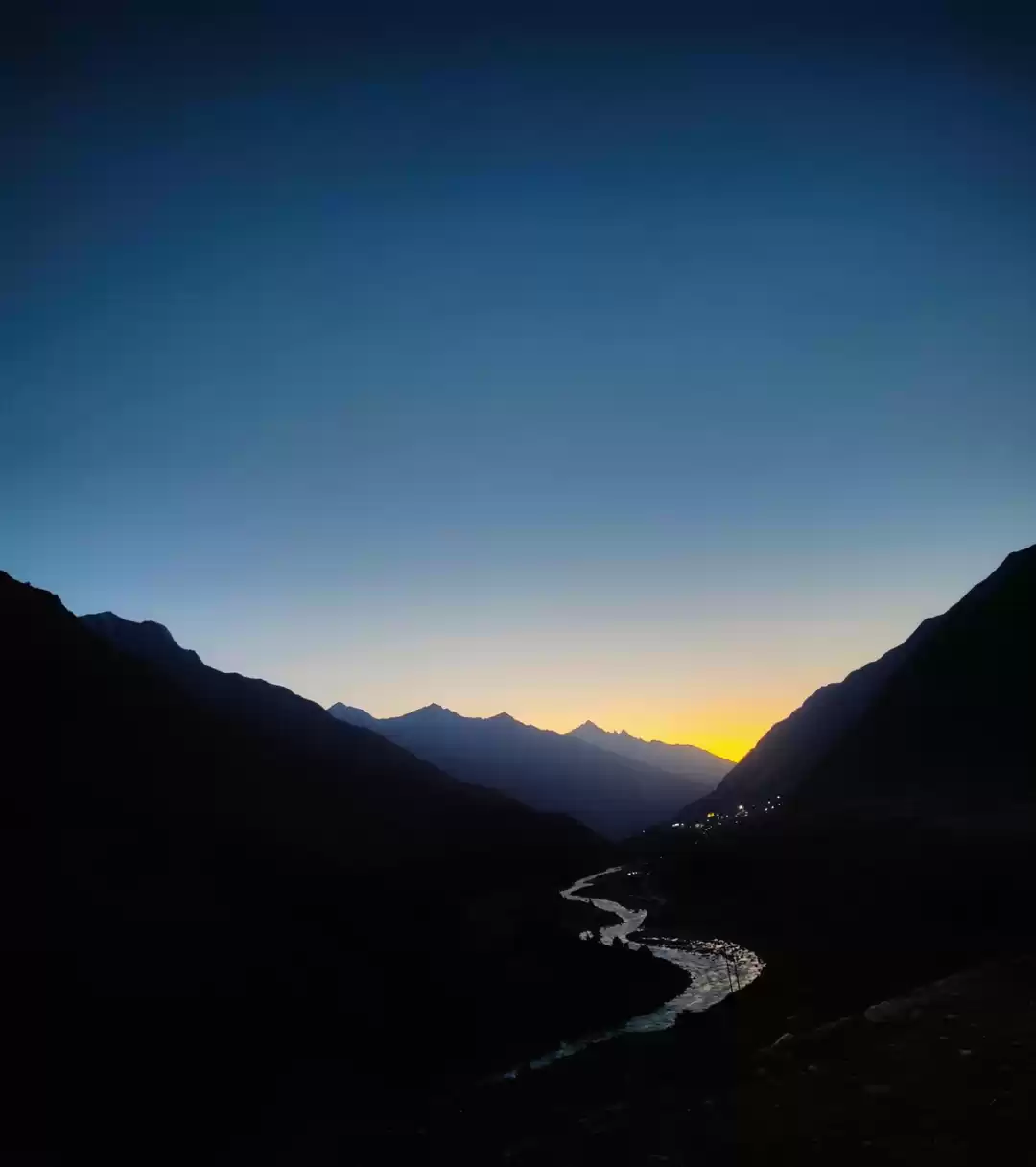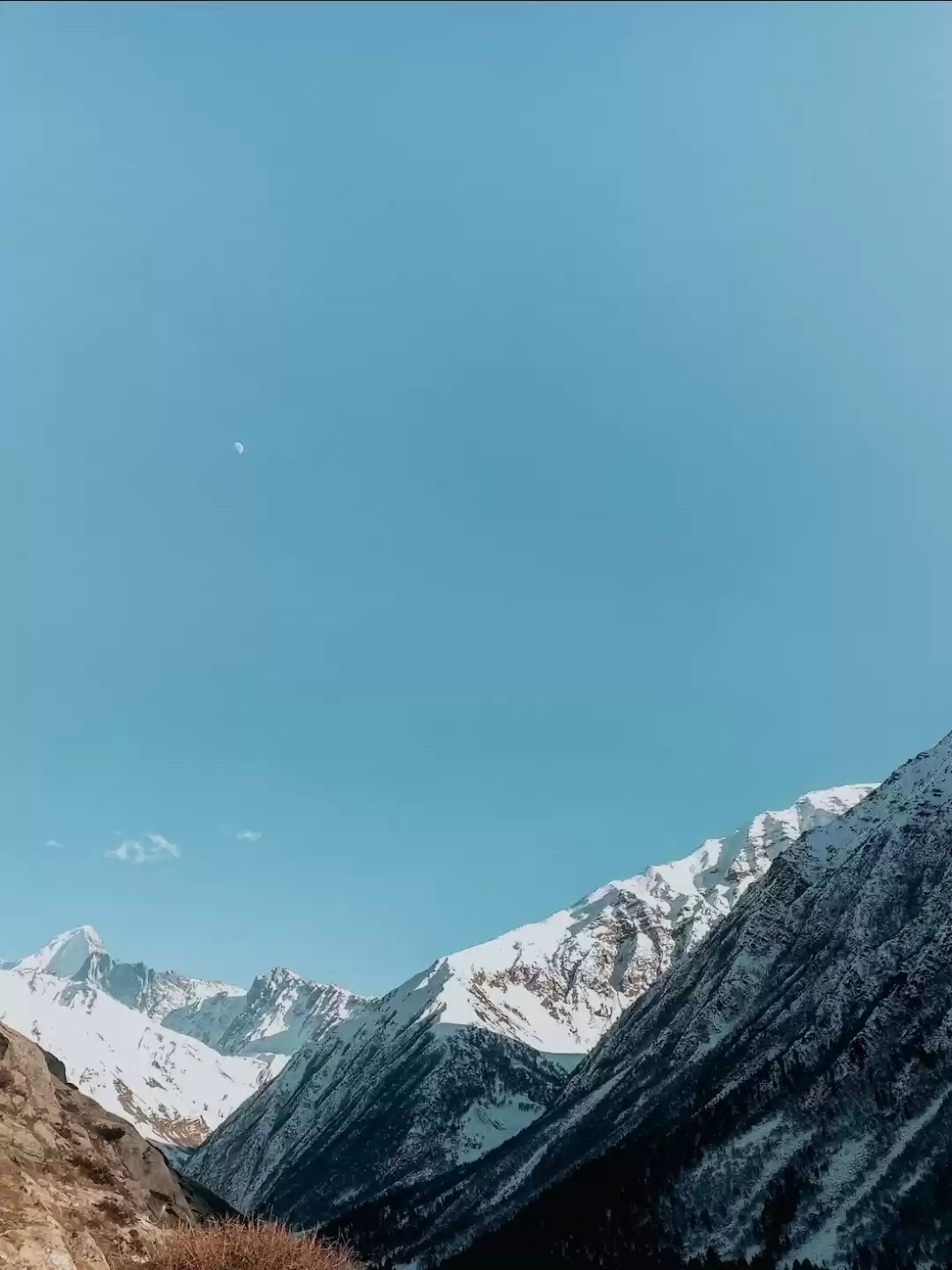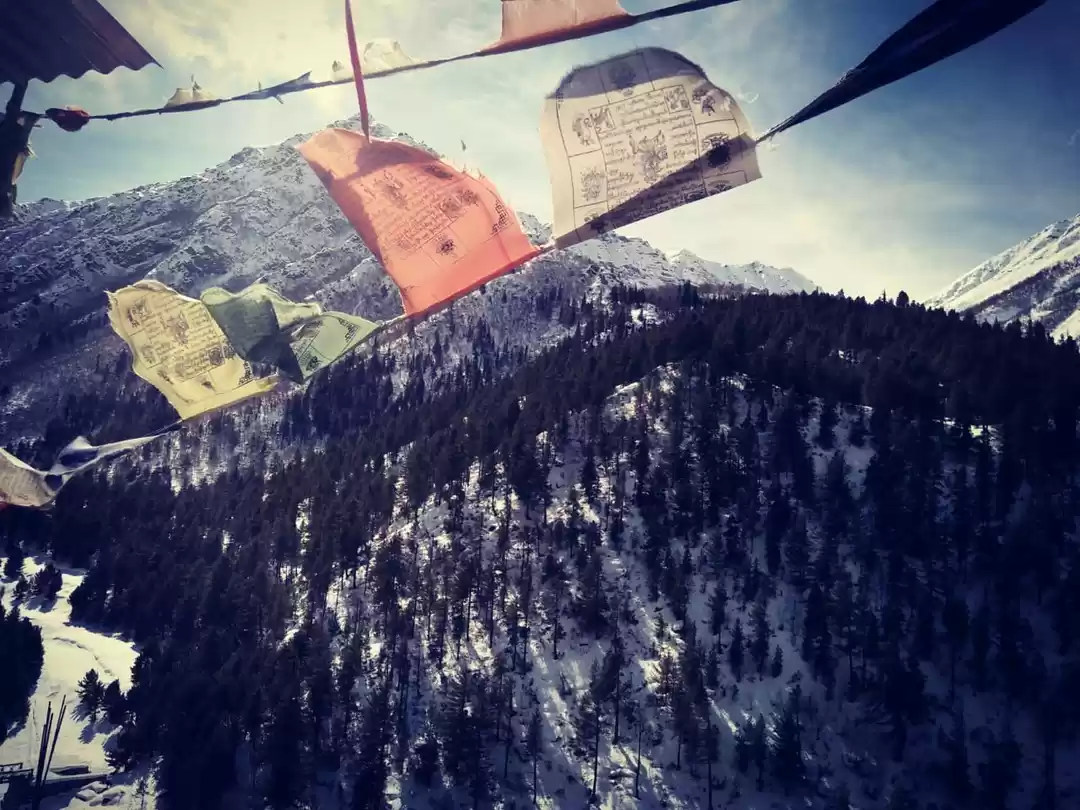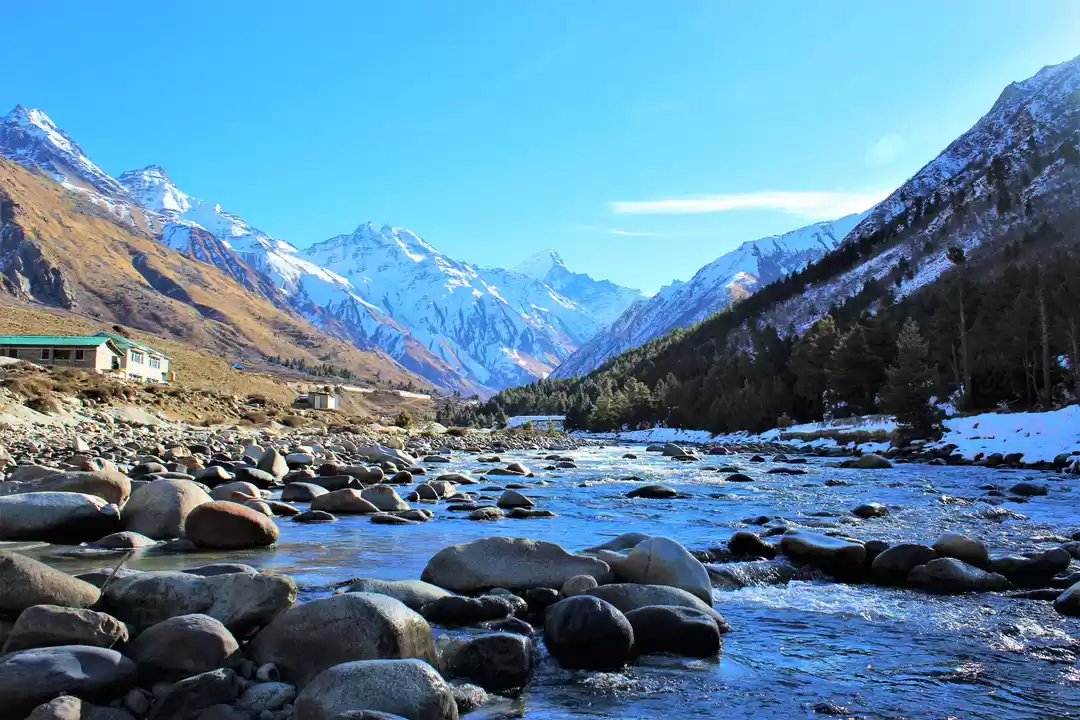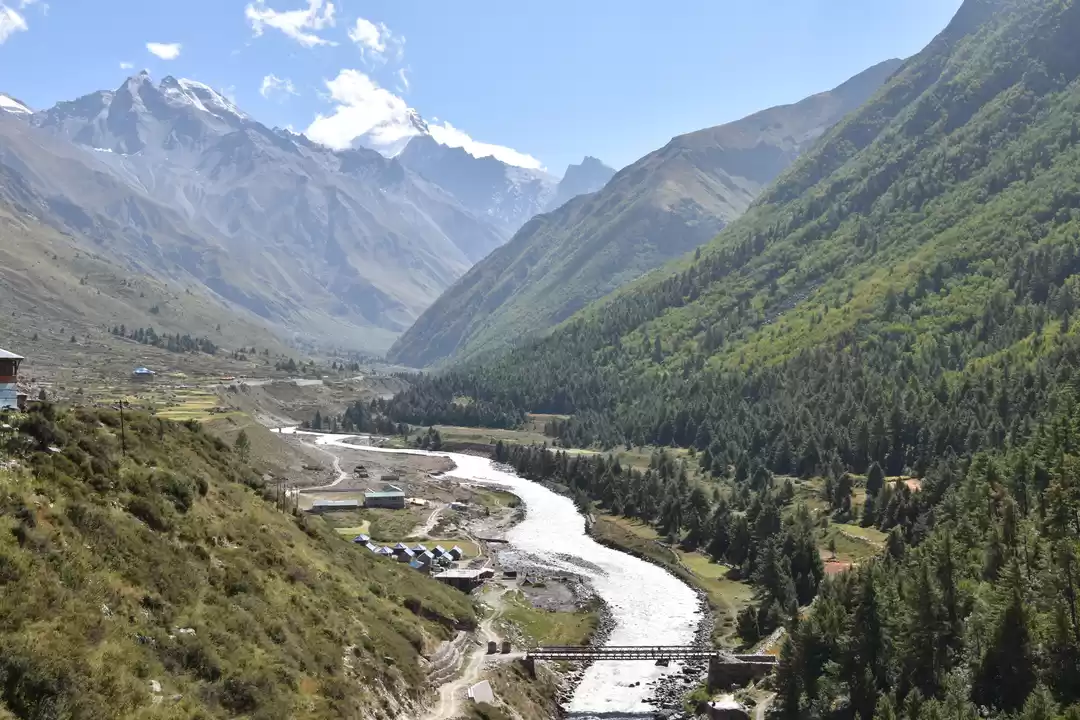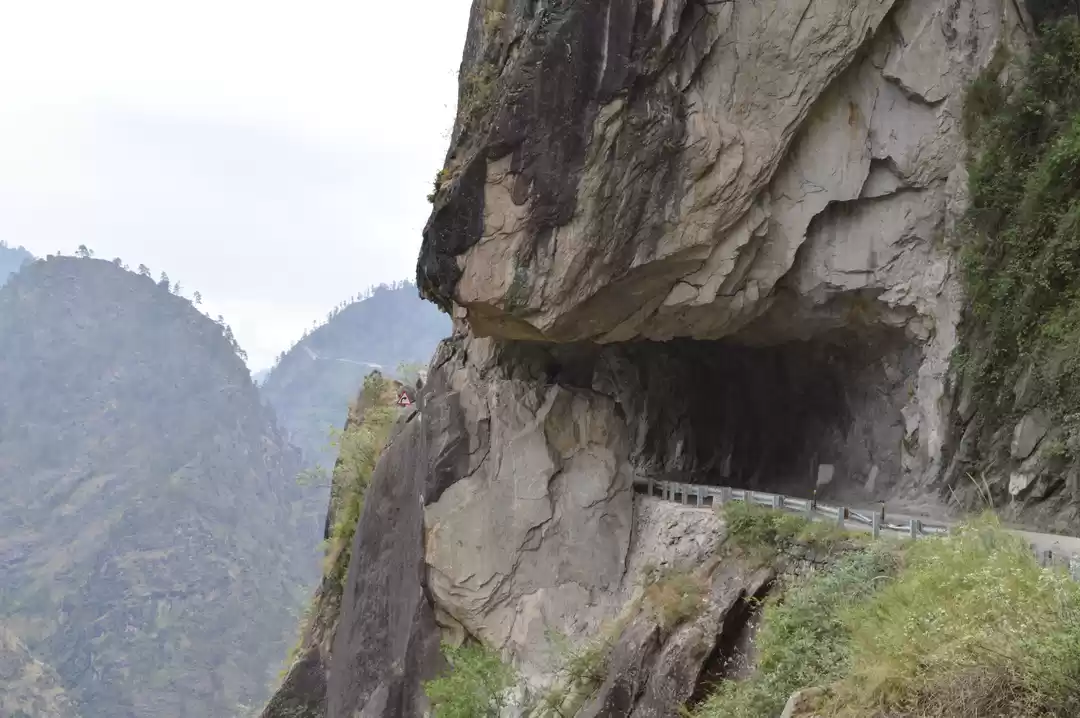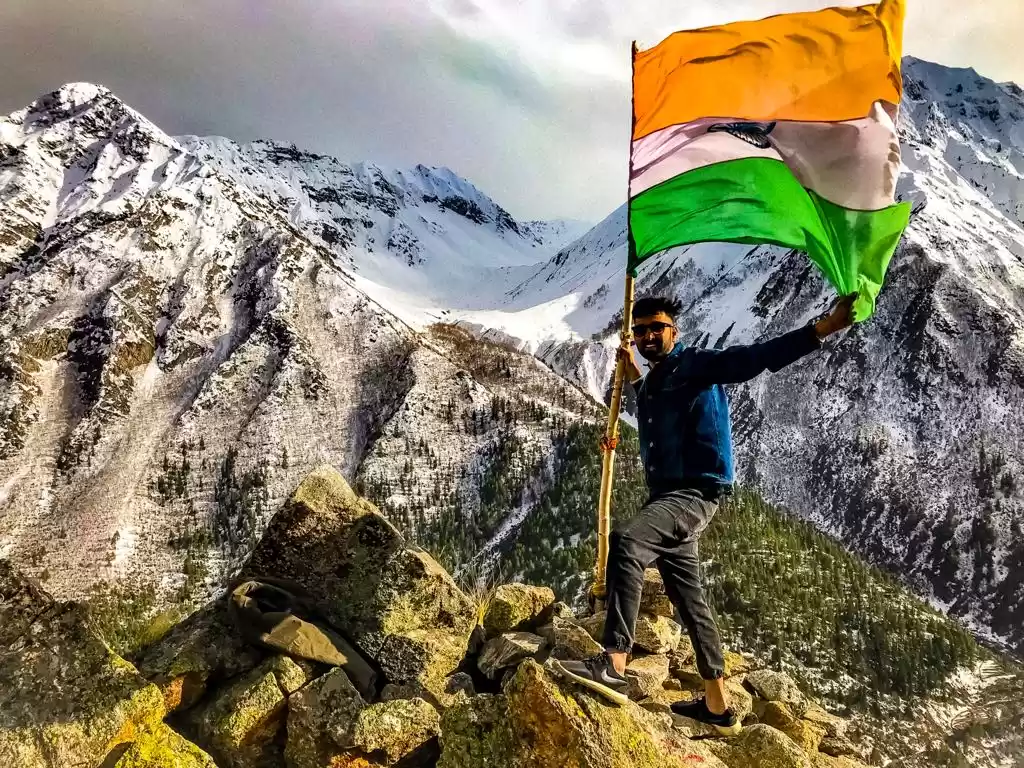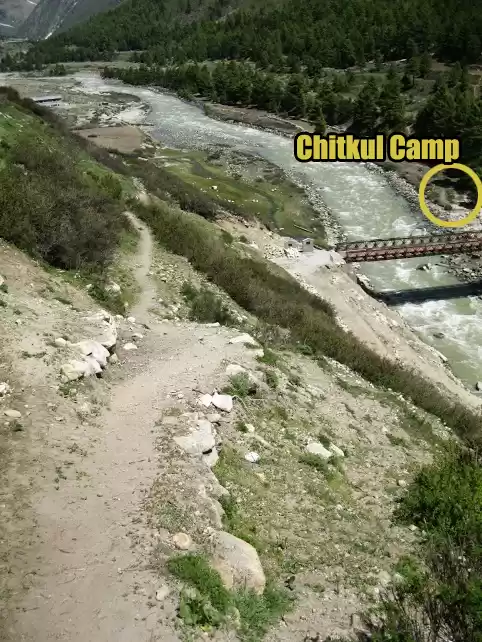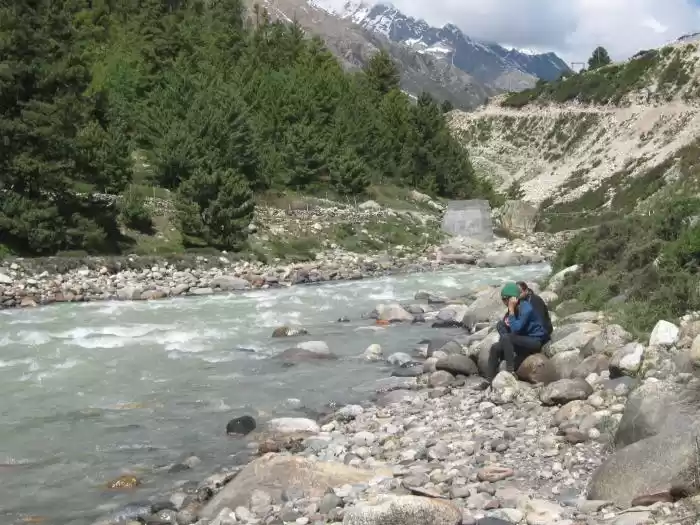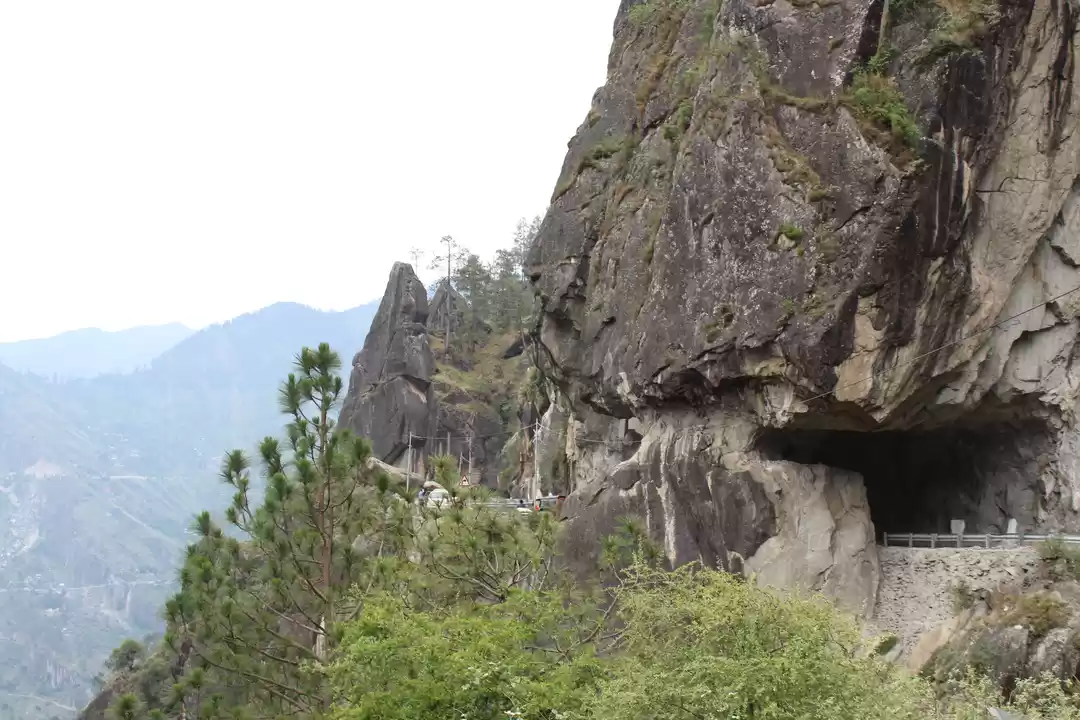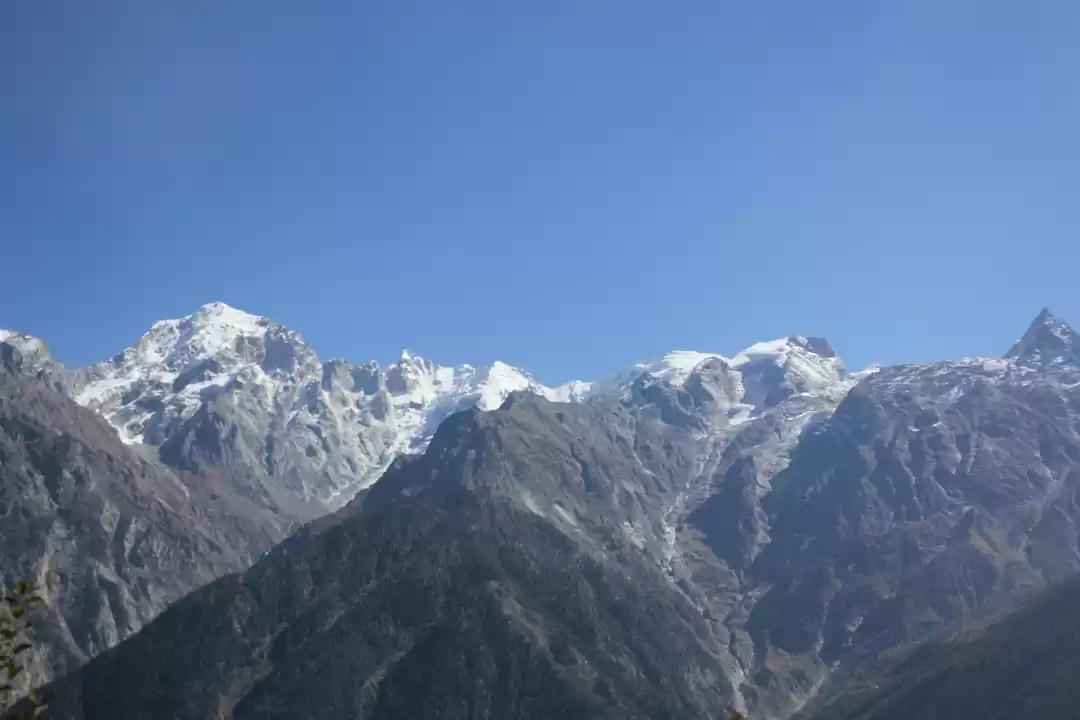









“I stand where the road ends…
with feet frozen on the ground
the last home is far left behind…
into the unknown wild, I am bound
Spirit of the river hums a song…
that was long forgotten in the land
I hear the lyric, faintly in the wind…
as in ghostly mountain solitude, I stand.”
Travelers put down their tales on paper for varied reasons.Some to inspire others and some to inform, some to boast of their escapades and many just to keep a tangible record of nostalgic moments.But I suppose there’s a deeper reason beyond all this; we write about our experiences because it allows us to go back to them, once again. As we reflect back on the time spent on the road, we live them again.Writing gives the wing we never thought we had.
And so as I begin to write about it, I can clearly hear the lyrical flow of Baspa river down in Sangla valley.The sound of the flowing water echoes through the green woods, white peaks and the blue sky in this pristine part of Dev Bhoomi Himachal.The home of mythical gods and demons alike.
NH-22 from Shimla to Peo takes a diversion near Karcham bridge, around 24 km from Peo, to climb the steep and narrow roads of Sangla Valley, a stunningly beautiful stretch of sixty kilometers that ends at the border with Tibet/China.The turquoise waters of Baspa flows from the Tibetan plateau and enters India through this wide valley at Chitkul- the last Indian settlement before the Chinese border and apparently it’s the most charming place to be in the entire valley.There are many other small hamlets along the valley road out of which Sangla is the largest and well developed. It’s the rendezvous point for all and sundry who bounce around discovering this stretch of Himachal Pradesh. Trekkers, Bikers, eco-tent campers, families and lonely drifters like me who arrive here have one thing in common, the valley overwhelms us equally.
As I went through the narrow road in the valley, I knew we were circulating the Kinnaur-Kailash range. It was early June, and the sun was melting the gathered snows off highest peaks…making them run off in small trinklets down the hill face.The smaller ones would eventually join to form larger streams rolling down the valley slopes and finally many such streams would feed the ever swelling Baspa river down below, a river still young and naïve.
“This is how rivers are made son!”
Most of our knowledge and wisdom coming down from the ancients have their origins in man’s intricate and spiritual relationship with the natural world.And while wandering around, we feel elevated because being nomadic appeals to our prehistoric instincts. The hunter-gatherer inside us still feels happy and safe when he sits around a campfire, warming his mind and body in the cold mountains.
As the roads extend from Sangla to Chitkul, which lies some 24 km ahead, the valley was beginning to widen up, and the terrain is dominated by large boulders shaped by running water and melting snow.The roads crisscross numerous iron bridges over sparkling streams before it ends at the last hamlet in the valley.
And then Chitkul happens to appear where the valley seems to be the widest. It’s still early morning when I arrive at this quaint and peaceful village at the border between India and Tibet.The river flows deep down below me, and momentous mountains stand facing me as I watch an eagle spans its wings high towards the other side of the border. I stand with depressing humility, as much as a wingless human can afford in a land divided by man-made borders.
There are people in fields and a woman facing the morning sun on the old temple courtyard when I start walking around the village with blue-tinned roofs.I walk past the last of the houses towards the iron bridge down in the valley.The sound of the flowing river rises by each step I take towards it.As I write this, I can still feel the mountain air numbing my ear lobes and the ever so serene sound of prayer flags flapping on the bridge.
I sit by the river for what seemed like an eternity.
Sitting all by yourself by the river and looking high at the mountains that gave birth to it may not make you wiser, but it certainly makes you think.You don't have to do anything, just let the mountain air weave it’s magic.It makes you see things clearly, without the pretensions and trivialities that surround us back in our daily lives.The veil of civilization parts a little to show you the true nature of yourself.
Loneliness is a curse; solitude is a blessing.
The ITBP(Indo-Tibetan Border Police) stroll the area where a signboard reads as-The Last Indian Restaurant, but the eatery is nowhere to be seen around.Chitkul has marginal facilities for travelers which you’ll find plenty in Sangla.On my way back, I was drawn towards the wooden temple in the center of the village which seemed locked and forgotten.As I tried to peep through the locked door, I was admonished curtly by the old lady sitting in the courtyard.I tried to smile in vain and vanished embarrassingly.A stray drifter was trying to peek into old secrets of the temple.
The best thing to do in Sangla valley is to take a walk along the course of the Baspa river from Sangla to Chitkul or vice-versa.There are eco-huts and camps all along the valley to cater to your needs and comforts if you try and stay put for a few days.When I sit back in Peo and look back at Chitkul, I suppose I strayed into another dimension, something that must vanish once I step out of it.Metaphysically this stands true for all places we wander around because we experience each landscape in our uniquely personal way.The landscape is the mind and the mind is the landscape. Inseparable.
P.S-
Sangla Valley/Chitkul is around sixty kilometers from the town of Reckong Peo, the district headquarters of Kinnaur in Himachal Pradesh.And no they haven’t vanished, they wait for many drifters like me to be seen and remembered in a different way though it’s enchanting in any way you look at it.
This trip was originally published on THE LOST HERMIT

